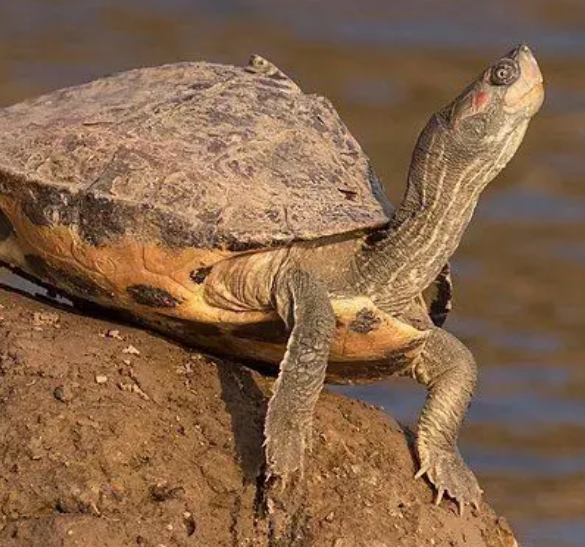Free Courses Sale ends Soon, Get It Now


Free Courses Sale ends Soon, Get It Now



Copyright infringement is not intended
Context: Indian tent turtle is listed in Schedule –I of the Wild Life (Protection) Act, 1972 and is thereby provided the highest degree of protection.
About Indian tent turtle:
The Government has taken several steps to protect the Indian tent turtle species:
© 2024 iasgyan. All right reserved